I found a website recently about harvesting energy from the air, and I am wondering if someone could tell me why the following wouldn't work?
Their "generator" is supposed to make electricity from the ionosphere (not UV, X-Ray, etc). Some claim it can knock out your electric bill totally (a bigger version, not this example). From what I understand, this is possible (it was discovered by Nikola Tesla), however this diagram doesn't look like it would work. Any help would be appreciated.
An example from the website:
You need:
- (4) 1N34 germanium diodes
- (2) 100 µF 50 V electrolytic capacitors
- 0.2 µF 50 V ceramic capacitors
Here is the electrical diagram they provide:
And they claimed to power a cell phone with it. I am not sure what kind of antenna to use.
While this seems like a sham, I just found this website recently and am looking for more info on the physics behind it.
Perhaps Teslo's patent explains things better, so here it is: Patent 685958.pdf
Found something: Here is a page that explains it. Nikola Tesla free energy: unraveling Greatest Secret
